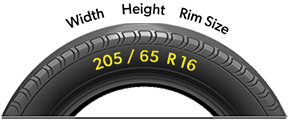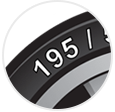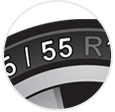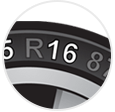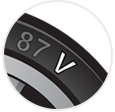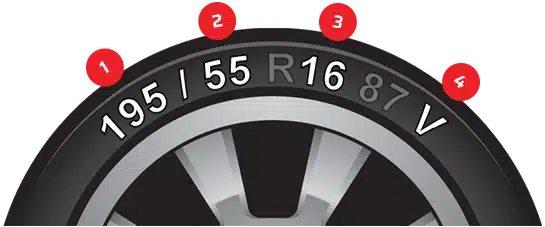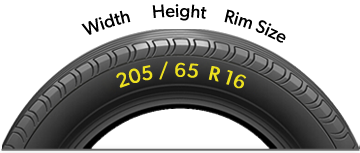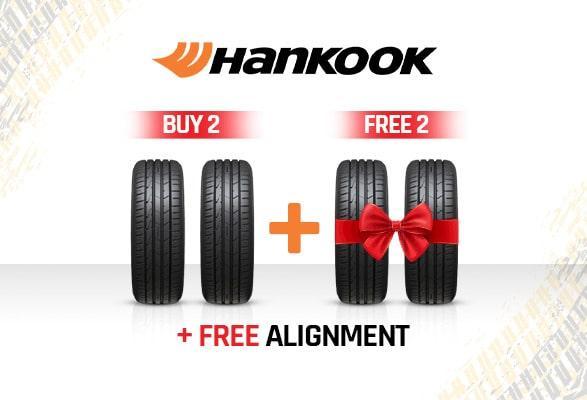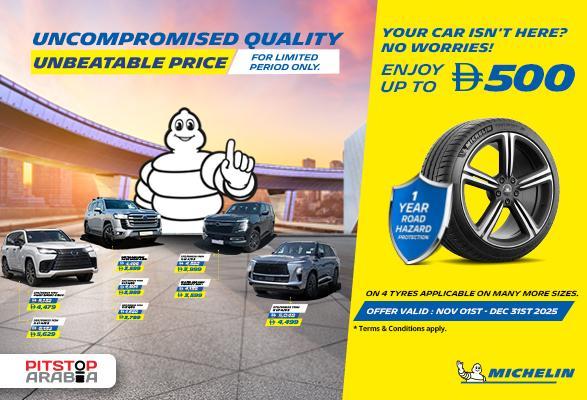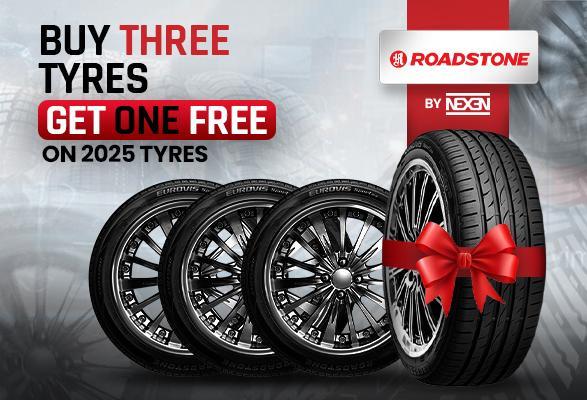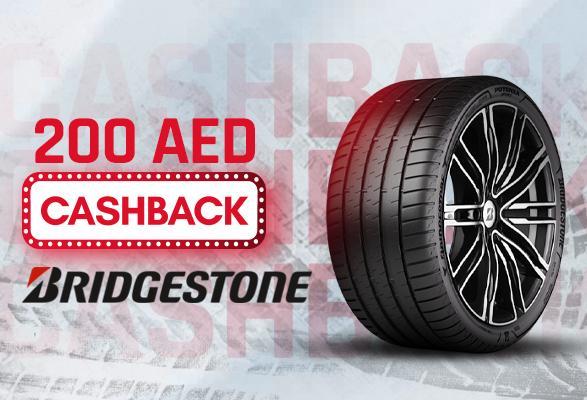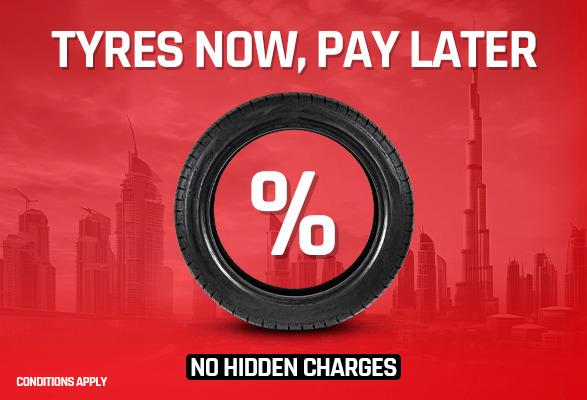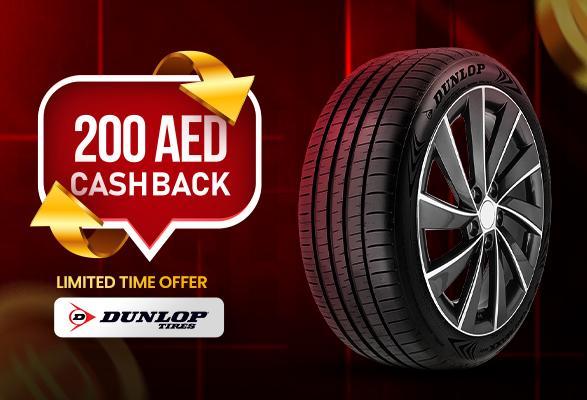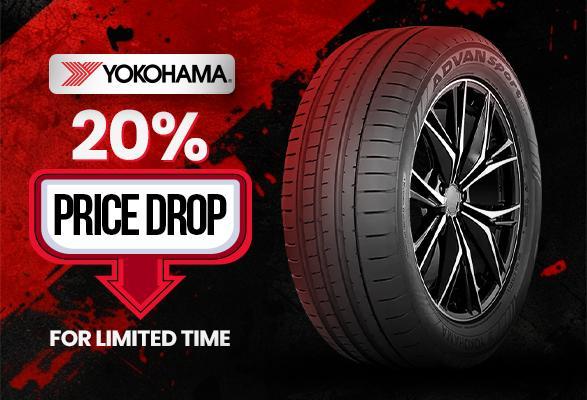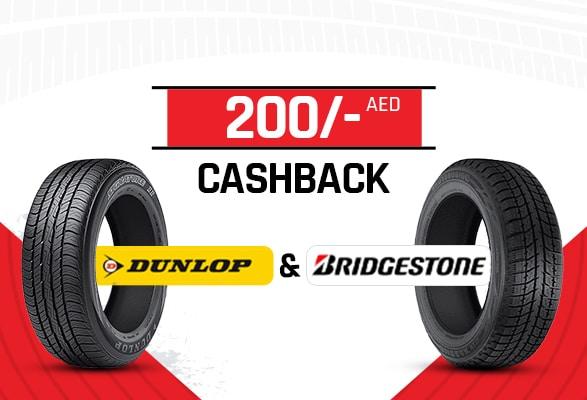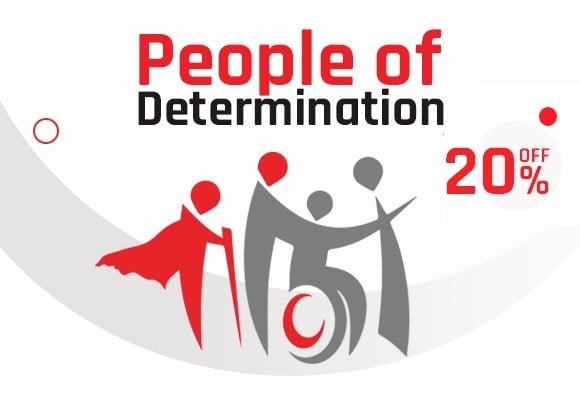Wheel Alignment and Wheel Balancing: What's the difference?
Wheel alignment and wheel balancing are two crucial car maintenance tasks that often get confused with each other. While both are important for maintaining a smooth ride and extending the life of your car tires, they are two very different services.
So, what is the difference between wheel alignment and balancing? The major difference between wheel alignment and balancing is that wheel alignment adjusts the angles of your wheels, while wheel balancing distributes the weight of your tires and wheels evenly.
Wheel alignment vs. Wheel balancing: Main Differences
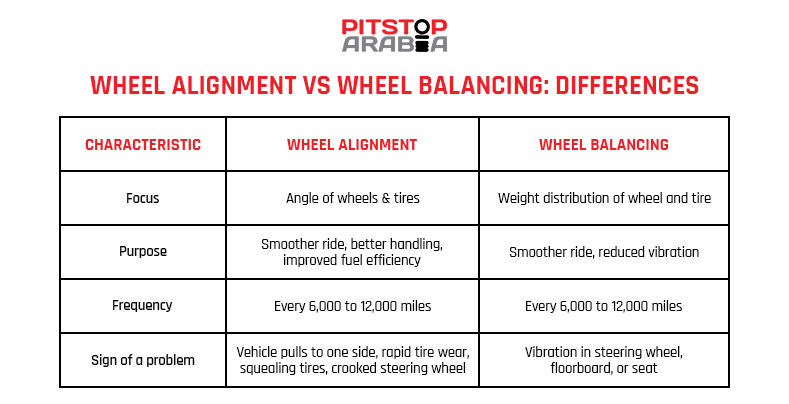
Now that we know the significant differences between wheel balancing and alignment let's dive deeper into each to learn more about what they are, what they entail, and which one you need for your car.
What is wheel alignment, and why does your car need it?
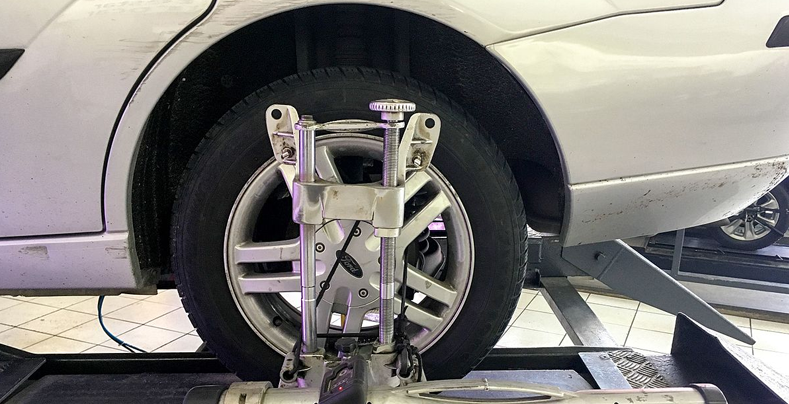
Wheel alignment, also known as tire alignment, is the process of adjusting the angles of your car's wheels so that they are perpendicular to the road and parallel to each other.
This is important because it ensures that your car's tires are in contact with the road at the proper angle, improving handling, fuel efficiency, and tire wear.
What are the types of wheel alignment angles?
There are three main types of wheel alignment angles, which include
- Camber: This is the wheel's angle when viewed from the front of the car. If the wheel is leaning in at the top, it is said to have a negative camber. It is said to have positive camber if it is leaning out at the top.
If you want to know more about positive and negative camber, then you can check out our blog. - Caster: This is the angle of the steering axis when viewed from the side of the car. If the steering axis is leaning forward, it is said to have a positive caster. It is said to have a negative caster if it is leaning backward.
- Toe: This is the wheel's angle when viewed from above the car. If the front of the wheel is pointing inward, it is said to have a toe-in. If the front of the wheel is pointing outward, it is said to have a toe-out.
Why does your car need a wheel alignment?
There are several reasons that your car needs wheel alignment, including,
- Improved handling
- Increased fuel efficiency
- Extended tyre life
- Improved safety
What are the signs that your vehicle needs a wheel alignment?
Here are some signs that your car may need a wheel alignment.
- Your car pulls to the left or right when driving straight
- Your steering wheel is off-center when driving straight
- You experience unusual tire wear
- Your tires make a squealing noise when turning
What is wheel balancing, and why does your car need it?
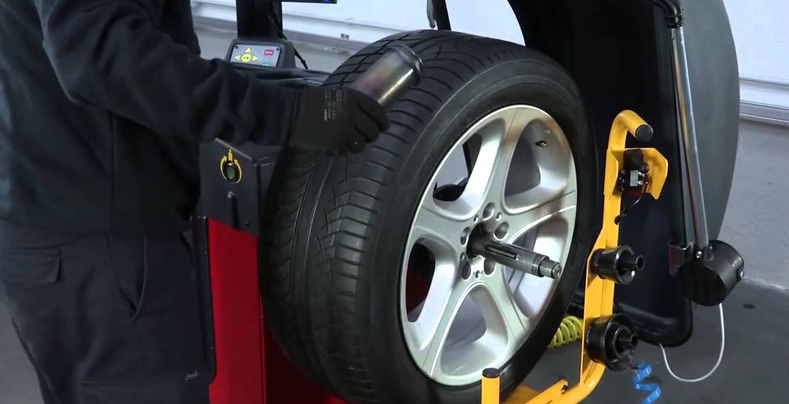
Wheel balancing is the process of distributing the weight of your tire and wheel assembly evenly around the circumference. This helps to reduce vibration and improve ride quality.
This is important because an unbalanced wheel will vibrate when spinning, which can cause several problems.
How is wheel balancing done?
Wheel balancing is done by technicians using a particular machine called a tire balancer. The machine spins the wheel and tire assembly and measures any imbalances.
After that, technicians measure the imbalance and precisely add small weights to the wheel to correct the imbalance.
What are the signs that your car needs wheel balancing?
Here are some signs that your car may need a wheel balancing.
- You experience vibration in the steering wheel, floorboard, or seat
- Your tires make a humming noise when driving
- You experience uneven tire wear
- Your car's fuel economy is bad
Wheel Alignment and Balancing: which one to choose?
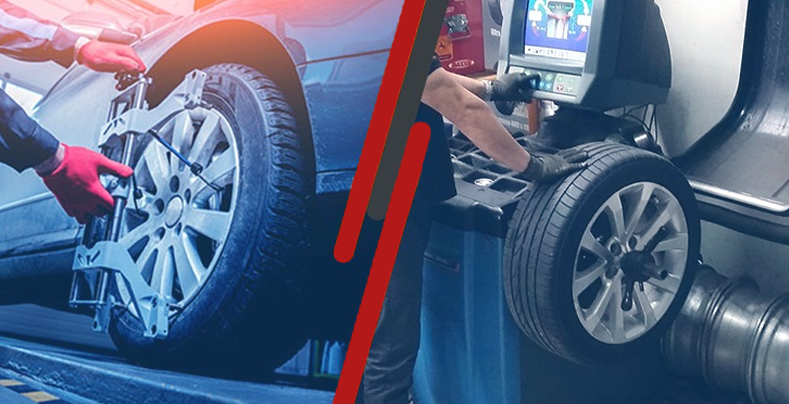
When to choose wheel alignment
If you notice any of the following signs, your vehicle may need a wheel alignment:
- Uneven tire wear
- Vehicle pulling to one side
- Squealing tires when turning
- Difficulty keeping the car in a straight line
You should also get your wheels aligned after hitting a pothole or curb or after any significant suspension repairs.
When to choose wheel balancing:
If you notice any of the following signs, your vehicle may need a wheel balancing:
- Vibration in the steering wheel, floorboard, or seats
- Wobbles at high speeds
- Increased tire wear
- Bad fuel economy
When deciding between wheel alignment and wheel balancing, prioritize wheel alignment due to its greater significance. Misaligned wheels can adversely impact your vehicle's handling, stability, and overall safety.
Nevertheless, it is advisable to schedule regular maintenance for both wheel alignment and wheel balancing, ideally every 5,000 to 6,000 miles. This proactive approach ensures optimal vehicle performance and extends the lifespan of your vehicle tires.
FAQs
How much does wheel alignment cost?
The cost of wheel alignment services in the UAE typically ranges from AED 84 to AED 149.
When to do wheel balancing and alignment?
It is recommended to have your wheel balancing and alignment done every 6,000 to 12,000 miles.
Is wheel balancing necessary for new tyres?
Yes, wheel balancing is essential for new tires. Even new tires can cause slight imbalances, leading to various issues.
How can I know my car needs wheel alignment?
There are a few signs that can indicate that your car needs wheel alignment:
1. Uneven tyre wear
2. The steering wheel is crooked when driving straight
3. The vehicle is being pulled to one side



